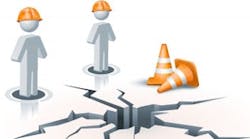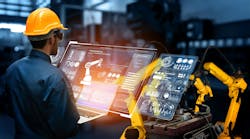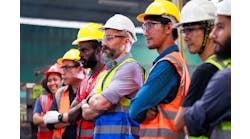About the Author
Jim Montague is the Executive Editor at Control. Jim has spent the last 13 years as an editor and brings a wealth of automation and controls knowledge to the position.
Different machines require different types and degrees of safety, but there are some common steps that experienced builders say they use to find and implement the most appropriate safety solution for their devices, production lines and facilities.
- Draft a dedicated group of engineers, technicians, operators and managers to evaluate the safety status of your machines and production lines.
- Research safety standards, regulations, recommendations and user requirements that apply to your machines and related equipment and manufacturing functions.
- Review and update your safety evaluation and risk-assessment (RA) process used during machine design, construction, maintenance, retrofitting and decommissioning.
- Conduct a thorough RA to find hazards, and measure their severity and frequency.
- Mitigate impact of hazards by removing them from design, installing guards, and warning and continually training staff.
- Recheck that all planned risk reductions have been performed, and thoroughly document these steps for future reference.
- Enlist help and training from suppliers, and make sure their controls and components meet application safety standards, too.
- Revise RAs and safety functions when new operating abilities are added to machines, or when age alters their capabilities.





